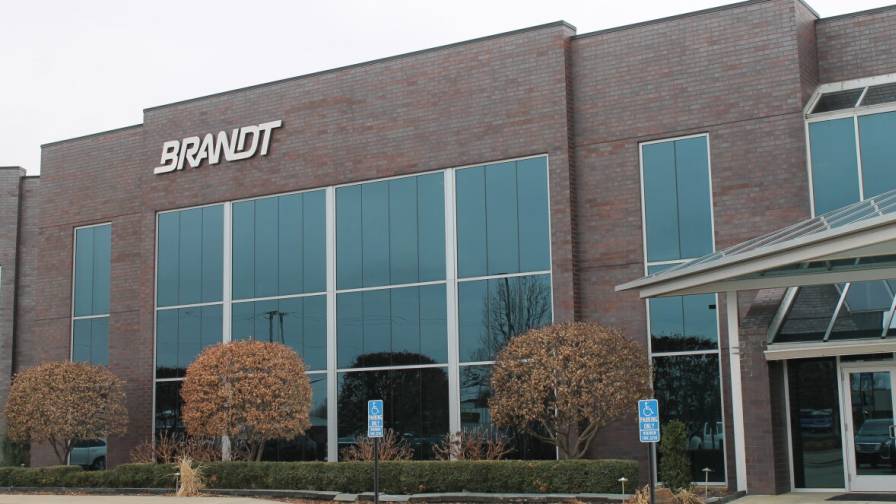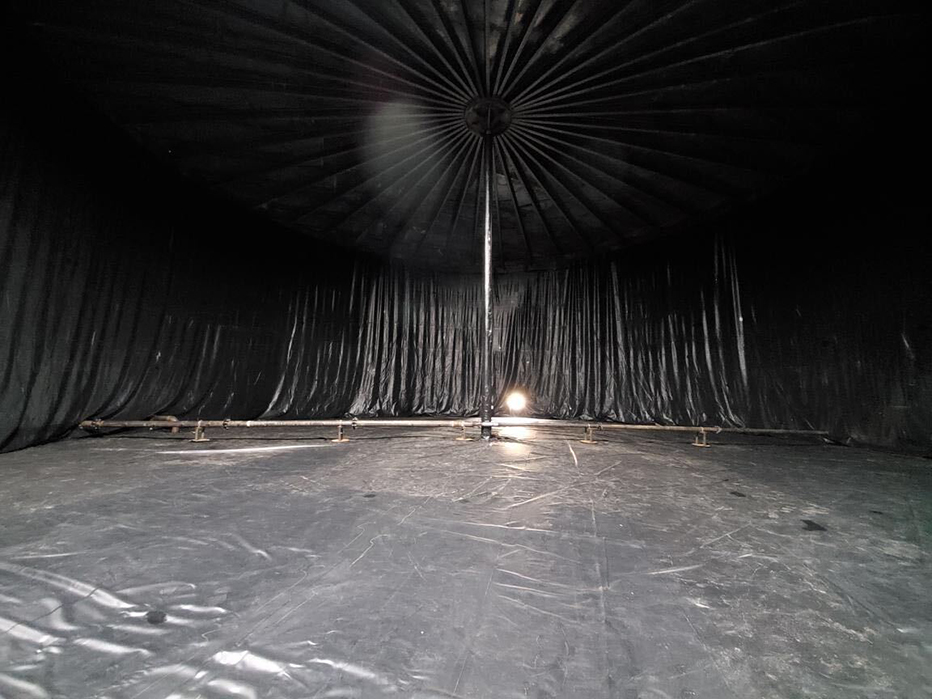The 4Rs and Potassium
Are we meeting crop K needs?
Using the 4R nutrient stewardship approach of selecting the right source at the right rate at the right time and in the right place is just as important when dealing with a nutrient supply challenges as it is for reducing risk of nutrient loss, according to an article on NutrientStewardship.com. Potassium (K) behavior in the soil is different from nitrogen (N) or phosphorus (P). While some of the same factors influence your 4R decisions, right source, right rate, right time, and right place; the variability of the soil’s ability to supply and store K is quite dynamic. Availability of K in the soil is dependent on the percent and type of clay present, cation exchange capacity (CEC, meq/100 g), organic matter (OM) content, soil moisture level, and soil temperature.
Plants require K in similar quantities to N. In the plant, K activates enzymes, is involved in protein synthesis, photosynthesis, water regulation, stomatal movement, and phloem transport. Potassium nutrition levels are related to dehydration and wilting responses as well as response to disease and pest pressure. In general, when crops are grown in soils with insufficient K they produce less than optimum yields, and they do not use water or N efficiently (Mikkelsen and Roberts, 2017).
In N and P management, beyond production, we are more often than not talking about concerns with cropping system loss to water and air. With K, the focus is on supply and availability. In 2015, the International Plant Nutrition Institute (IPNI) summarized soil test results from private and public soil testing laboratories in the U.S. and Canada to provide an indicator resource on the nutrient supplying capacity or fertility of soils in North America (IPNI, 2015).
Read the full story on NutrientStewardship.com.






